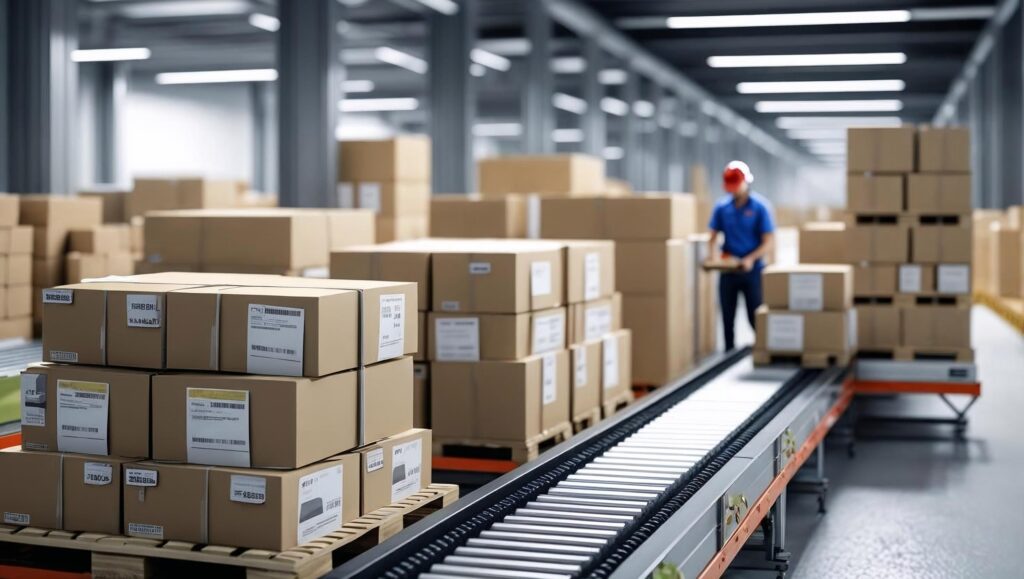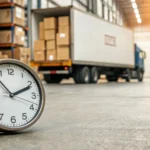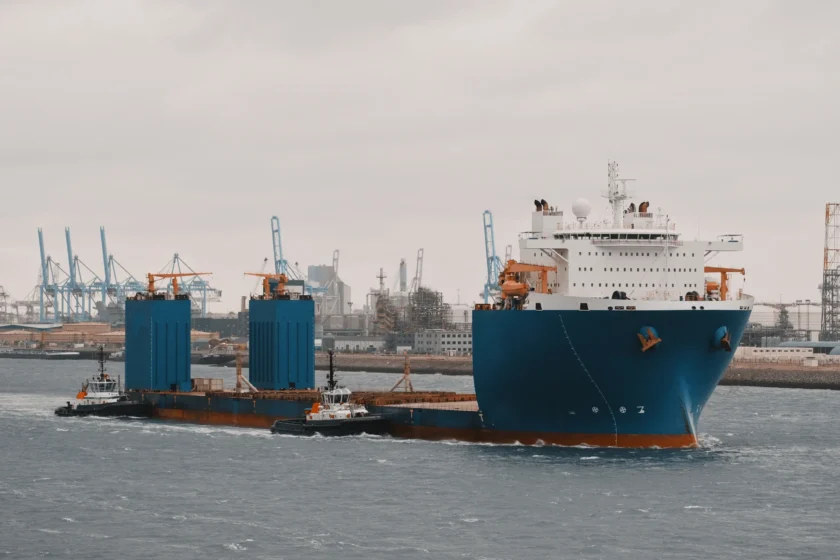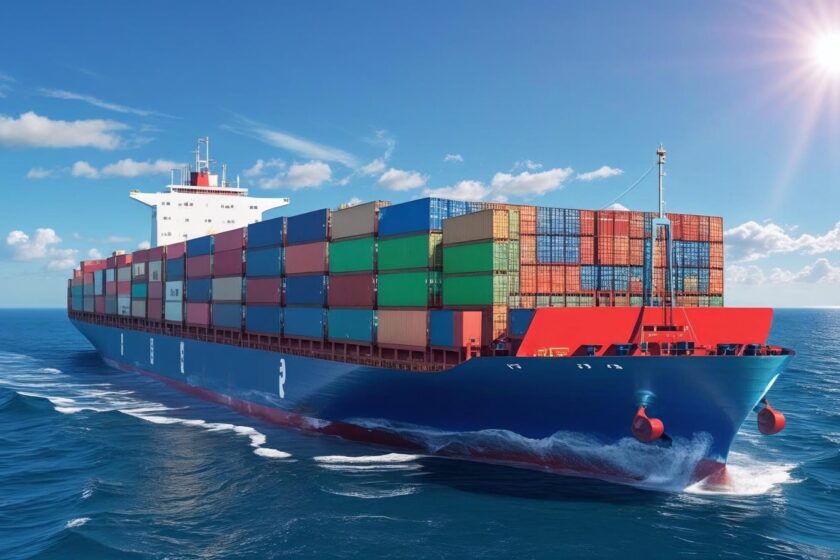Reverse Logistics Is Often Ignored And That’s a Mistake
If you’ve ever had to return a product, you’ve participated in reverse logistics whether you knew it or not. But for most companies, reverse logistics still feels like the forgotten child of the supply chain. That’s a big mistake. In today’s world, where return rates are climbing and customers expect a refund before they’ve even sealed the box, handling reverse flows with precision can make or break your margins.
So, What Is Reverse Logistics, In Real Life Terms?
It’s easy to throw around definitions, but let’s put it plainly: reverse logistics is what happens when the product goes the other way. It’s about what you do when customers return goods, when parts need refurbishing, when packaging is reused, or when electronics get scrapped for recycling. It’s not a flashy part of operations but it’s one that saves money, reduces waste, and keeps customers coming back.
Why Is Reverse Logistics a Big Deal Now?
Online shopping changed the game. Customers now buy three sizes, try them on at home, and send two back no guilt. That’s just how things work. But here’s the twist: those returns cost businesses more than they realize. If there’s no process in place to manage that flow backward, things fall apart fast. Worse, those delays can damage brand trust, especially when customers feel stuck in refund limbo. Companies like TEU Global have recognized this shift early and built solutions around it.
Returns, Repairs, and the Magic of Getting Stuff Back
Most people think reverse logistics starts and ends with a refund. It’s a lot more layered. Once a product is returned, someone has to inspect it. Is it good enough to restock? Can it be refurbished and resold? Is it junk and headed for disposal? Every answer requires a different path, and those paths cost money or save it, depending on how smart your logistics setup is.

The Green Advantage: Recycling and Reuse Done Right
Reverse logistics isn’t just about money it’s also about sustainability. More and more, customers want to buy from brands that care. If you can show that your products get a second life—or that your packaging isn’t clogging up landfills you’ve already won half the battle. Companies that partner with eco-conscious logistics firms, like TEU’s Warehousing and Distribution, have a much easier time putting this into action.
The Hidden Costs of Getting It Wrong
When reverse logistics isn’t set up properly, the problems pile up fast. Inventory goes missing. Customers wait weeks for their money. Warehouses overflow with unprocessed returns. Every one of those issues eats into your bottom line. And in an era where customer patience is wearing thin, slow or sloppy return experiences can lose you future business faster than you’d think.
Why You Shouldn’t Try to Do It All Yourself
Let’s be honest most businesses aren’t built to handle complex reverse logistics in-house. It requires a different mindset, different systems, and often, different infrastructure. That’s why many growing companies turn to third-party experts who already have the trucks, warehouses, and tech in place. If you’re a small or mid-sized business, teaming up with a trusted provider like TEU Global’s Freight Forwarding can save you more than just headaches it can save your reputation.
Reverse Logistics in Action: What It Looks Like Across Industries
No two industries handle reverse logistics the same way. In fashion, it’s all about managing returns quickly and keeping inventory fresh. In electronics, it’s about recovering valuable materials and safely disposing of toxic components. Automotive firms focus on remanufacturing parts. Pharmacies need to dispose of expired medication properly. What’s consistent? Each one needs a reverse system that’s fast, compliant, and cost-effective.
Technology Makes It Easier Than You Think
Here’s the good news: you don’t need a massive team to run an effective reverse logistics program. With modern logistics software, barcode scanning, return automation, and AI-powered inspections, the process can be fast and painless. Better yet, most of it can be outsourced or integrated into your existing supply chain platforms.
Your Customers Are Watching
A great return policy isn’t just a courtesy anymore, it’s a necessity. Studies show customers are far more likely to buy if they know they can return easily. The tricky part? They also expect returns to be quick, seamless, and transparent. Reverse logistics plays a key role here. Mess it up, and customers bounce. Nail it, and they’ll stick with you even if the product doesn’t work out.
Final Thoughts: Time to Stop Ignoring the “Return Trip”
Reverse logistics might not be the best part of your business, but it could be the most underrated. It affects everything from your costs to your carbon footprint to how loyal your customers feel. In today’s landscape, it’s no longer enough to get products to people fast you also must get them back smart. And the businesses that understand that? They’re the ones that grow stronger, leaner, and more respected year after year.
FAQs
1. How is reverse logistics different from regular shipping?
Forward logistics delivers products to customers; reverse logistics handles what comes back returns, repairs, or recycling.
2. Can reverse logistics help cut costs?
Yes, especially when items are refurbished or recycled. You also avoid losses from damaged goods or slow restocking.
3. Does TEU Global offer reverse logistics services?
Yes, we provide integrated solutions that cover transportation, warehousing, and returns management.
4. Is this only relevant to big companies?
Not at all. Small and medium-sized businesses can benefit by outsourcing logistics providers with reverse capabilities.
5. What’s the biggest benefit of doing it right?
Customer trust. A smooth return process means being happier, repeat buyers and that’s priceless.



